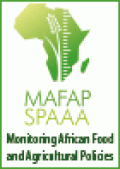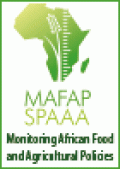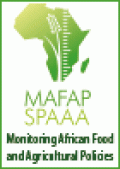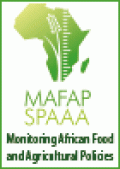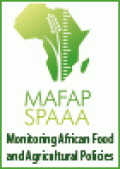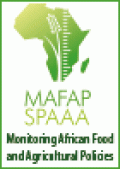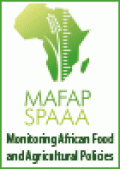Publications
Publication series
Latest publications
ESA Working Paper 13-03
Working paper, 2013
Rice self-sufficiency is a key objective of most Asian governments, yet attaining that objective has been elusive for several countries over extended periods of time; long-term status as an exporter or importer is relatively constant,...
Available in:English
Policy brief, 2013
Kenyan smallholder tea farmers generally received prices closer to those in international markets. This reflects the country’s
liberalized market structure for tea and the lack of distortions resulting from domestic policies. The close alignment
between domestic and...
Available in:English
Policy brief, 2013
Kenya´s cattle producers are currently hindered by the structure and functioning of the domestic market, recurring drought, the prevalence of disease and the inability to meet importing countries’ sanitary requirements. MAFAP analysis
suggests that unless these...
Available in:English
Policy brief, 2013
Although cotton is a major export crop in the URT, domestic cotton farmers received lower prices than what they could have potentially obtained between 2005 and 2010. MAFAP analysis suggests that the following measures would...
Available in:English
Policy brief, 2013
Because of inadequate incentives and low technology inputs, nearly 80 percent of all the wheat produced in Ethiopia is consumed on the farm. However, with improved policies and more investment in improving wheat production, Ethiopia...
Available in:English
Policy brief, 2013
Rice farmers in Mali receive prices that are lower than international reference prices. MAFAP analysis suggests that the following measures would improve production incentives for producers:
• ensuring that short-term policies aimed at keeping prices affordable...
Available in:English
Policy brief, 2013
Ghana’s dependency on imported rice, and excessive costs and taxes on rice imports, lead to high prices for consumers. However high prices for consumers do not translate into higher prices for farmers.
Available in:English
Policy brief, 2013
Cattle farmers in Burkina Faso receive low prices and have few incentives to increase production and marketing. Cattle producers would receive higher prices if several specific measures, for example increasing export opportunities, were in place....
Available in:English
Policy brief, 2013
Cattle farmers in Burkina Faso receive low prices and have few incentives to increase production and marketing. Cattle producers would receive higher prices if several specific measures, for example increasing export opportunities, were in place....
Available in:English
Policy brief, 2013
Currently sugar cane farmers in the United Republic of Tanzania receive lower prices than they could, despite high domestic demand, because of high processing costs. Tariffs on imported sugar keeps prices high for consumers without...
Available in:English





